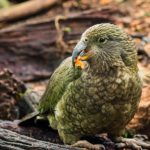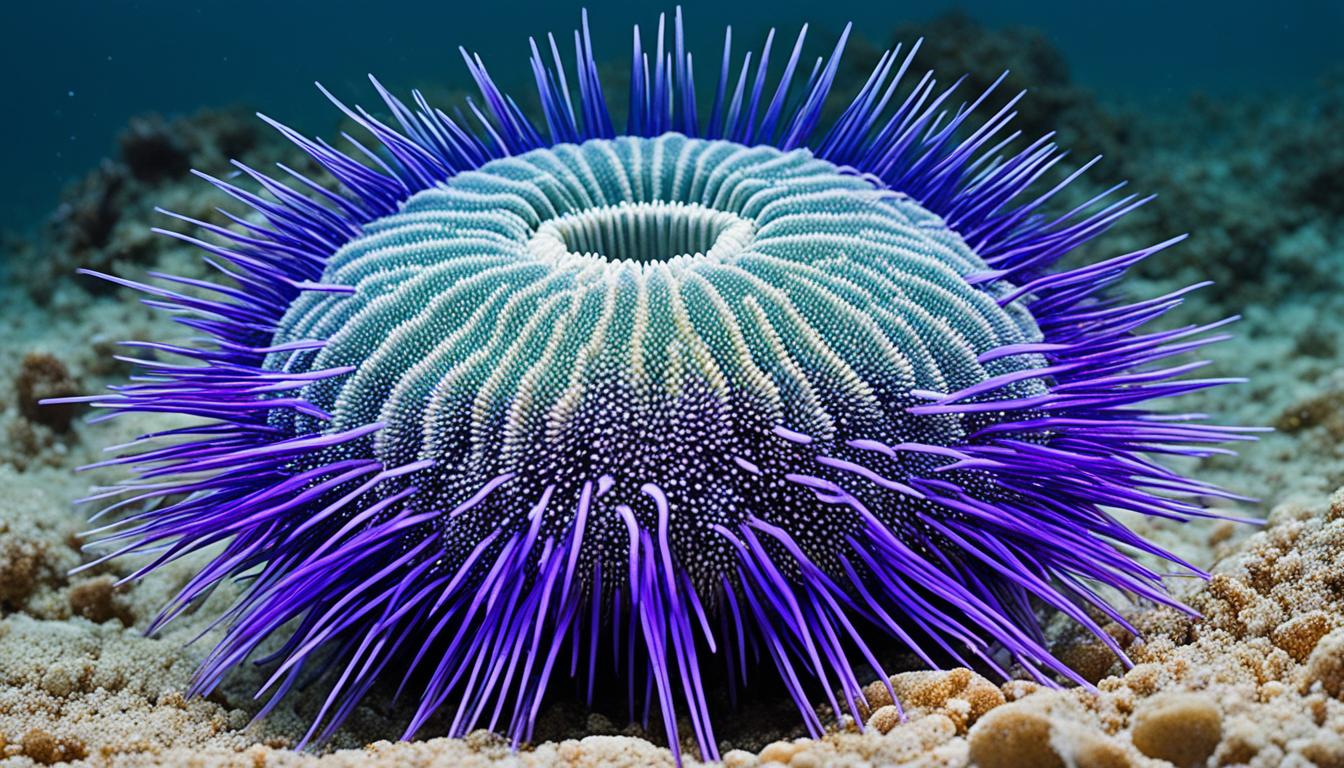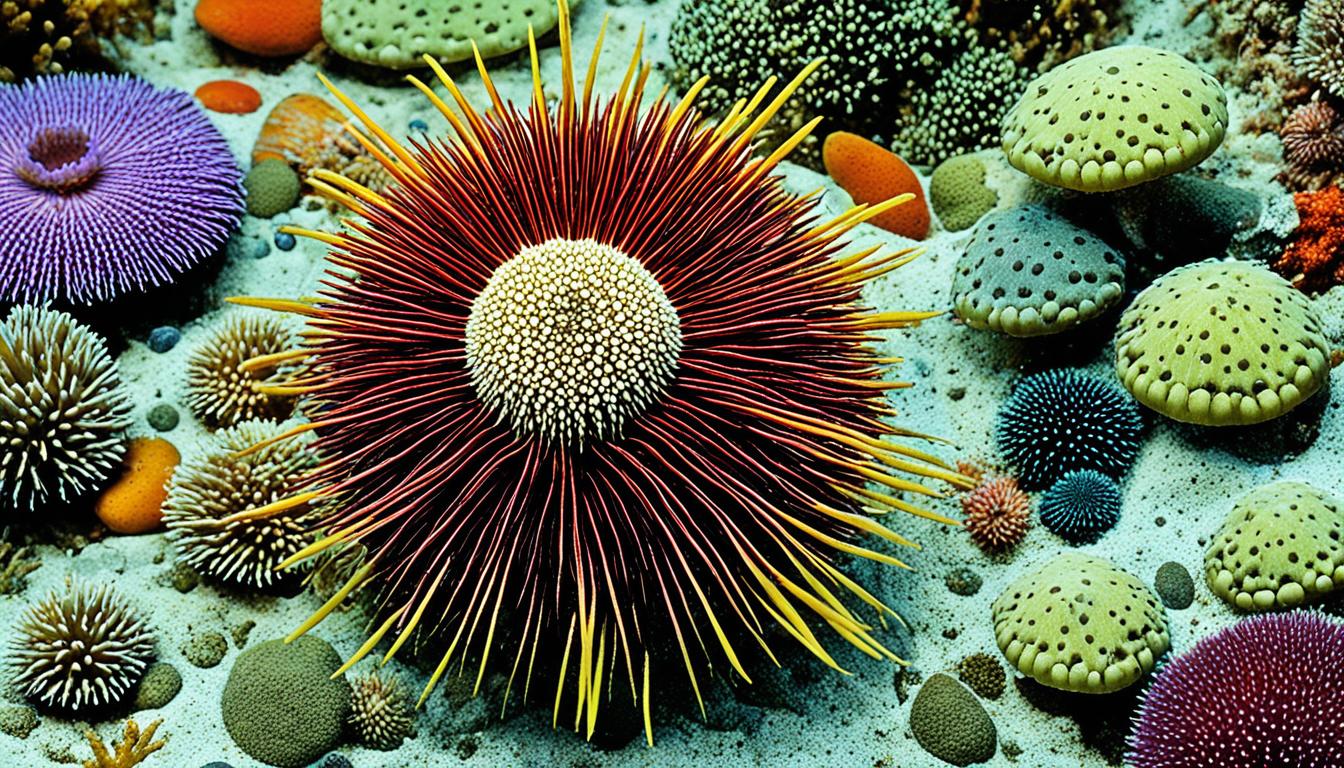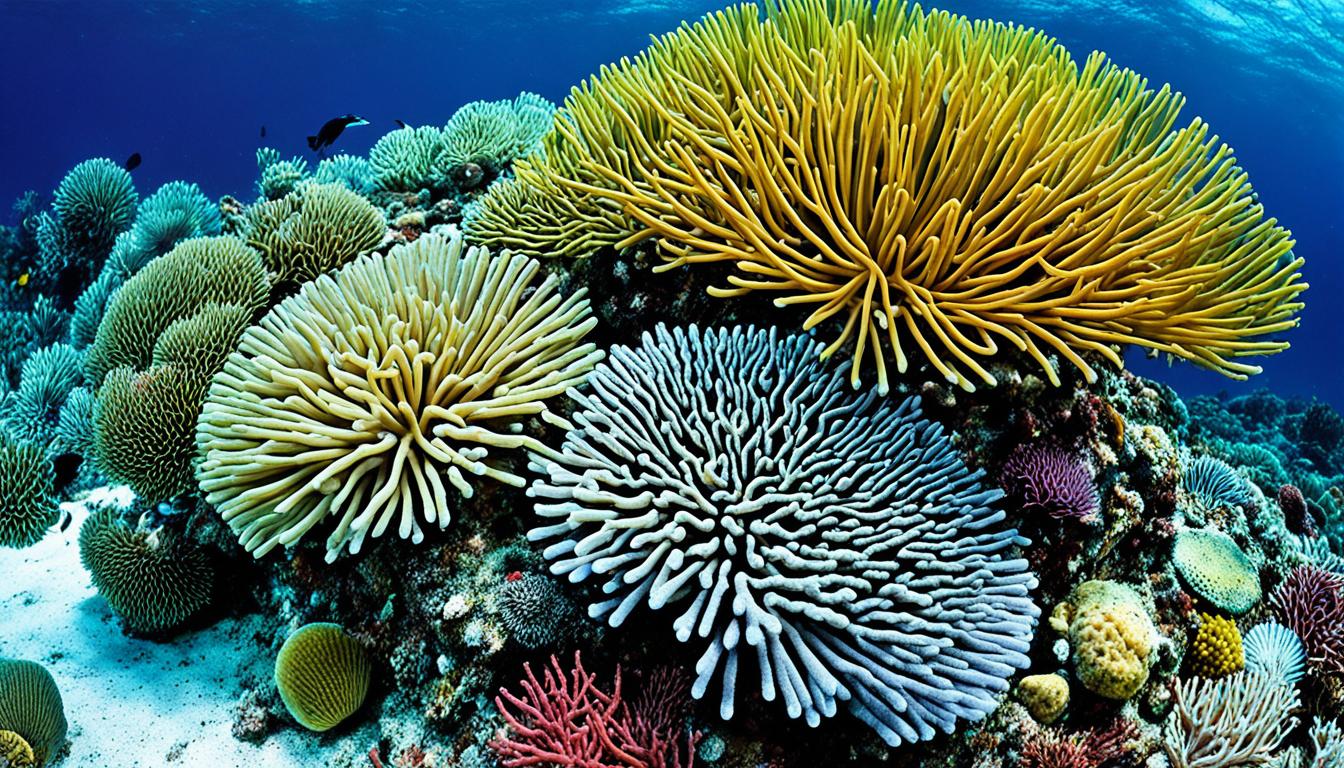Could we see wild orangutans in American forests? This question is interesting, but the answer is no. Orangutans come from the rainforests in Southeast Asia. They are not naturally found in the USA. Yet, their similarity to us sometimes makes us wonder if they are here.
Orangutans in the US would only be in zoos or sanctuaries. They would be part of efforts to protect them. Sometimes, news of wild apes in the USA comes up. Usually, these are animals that got away from captivity, not truly wild. This means there’s no natural population of orangutans in the USA.
The Natural Habitat of Orangutans
The orangutan, also known as Pongo pygmaeus, lives in the vast rainforests of Borneo and Sumatra. They are a type of great ape found only on these Asian islands. This is unlike other apes, which live in Africa.
Geographic Range
Orangutans live in the dense tropical rainforests of Borneo and Sumatra. These places are just right for them, with plenty of trees and food. The area’s biodiversity helps these apes, allowing them to live high up in the trees.
Types of Habitats
These animals do best in places with lots of plants and various trees. They need this to find food and build their nests. Unlike North American primates, orangutans are suited to life in the trees. Preserving these rainforests is critical for their survival.
Existing Orangutan Populations
Orangutans live native to Borneo and Sumatra, small islands in Southeast Asia. Yet, in the United States, the orangutans are only found in captivity. They live in places like zoos and sanctuaries. These places try their best to make the orangutans’ homes feel just like the wild.
Native Regions
Borneo and Sumatra’s thick forests are perfect for orangutans. They are well adapted to living in trees. This is where they are most safe and find their food. But, their homes are in danger from deforestation and people’s actions. So, saving their forests is very important.
Orangutans in Captivity
Orangutans in the U.S. are taken care of by places like the Oregon Zoo. Inji, a Sumatran orangutan, was one of them. She lived a long life there, even though she came from the wild and the pet trade. This shows how much American zoos care for orangutans. They try their best to give them a life like in the wild.
| Location | Type of Orangutan | Notable Orangutans |
|---|---|---|
| Oregon Zoo | Sumatran Orangutan | Inji |
| San Diego Zoo | Bornean Orangutan | Karta |
| Smithsonian’s National Zoo | Bornean and Sumatran Orangutans | Bonnie and Redd |
Are There Wild Orangutans in the USA?
Sure, seeing wild apes in the USA sounds cool. However, orangutans are not natives here. They live in the wild only in Southeast Asia, not freely on American soil.
Historical Context
Orangutans are from the rainy forests of Borneo and Sumatra. They used to be seen in private collections or early zoos. But even back then, seeing them was not common.
Modern-Day Sightings
If someone claims to see orangutans in the USA now, they’re likely mistaken. Reports might come up, but they’re usually not true. These are often of other native apes or ones that escaped.
Reporting such sightings is crucial. It helps protect both the animals and our local areas.
| Feature | Wild Orangutans | USA Sightings |
|---|---|---|
| Native Regions | Borneo, Sumatra | Not Applicable |
| Sighting Legitimacy | Common in Southeast Asia | Rare, Likely Escapees |
| Habitat | Tropical Rainforests | Zoos, Sanctuaries |
Captive Orangutans in American Zoos
American zoos are vital for orangutan conservation, offering protection and education. They ensure these primates’ survival in America through their dedicated work.
Notable Zoos Housing Orangutans
The Oregon Zoo and the Wortham World of Primates are standouts in orangutan care. They give these animals large, natural-like spaces to live. Visitors also get to learn about orangutans and their conservation.
Conservation Efforts by Zoos
Zoos do more than just care for orangutans in captivity. They support programs in Borneo that protect wild orangutans and their homes. This helps grow the American orangutan population.
Zoos breed these animals, educate the public, and do research together. These efforts aim to save orangutans and their habitats effectively.
- Breeding Programs: Key to sustaining orangutan populations.
- Public Education: Raising awareness about the plight of orangutans.
- Collaborative Research: Partnerships with global conservation efforts to ensure effective strategies.
Challenges Facing Orangutans
Orangutans are now highly at risk and among the world’s most endangered primates. Their numbers are decreasing fast. This is mainly because of us. Humans are cutting down their homes, which is called deforestation.
Threats in the Wild
Orangutans’ homes are being destroyed by the expansion of palm oil farms. This means they are losing their shelter and food. It’s getting harder for them to survive. Also, illegal trading and hunting are making things worse.
Zoo Conservation Strategies
Many American zoos are working hard to fight these problems. They’re trying to make sure the palm oil used doesn’t harm orangutans’ homes. They’re also teaching people about the issue. Plus, they’re helping to find ways for people and orangutans to live together safely.
| Threat | Impact | Mitigation Strategies |
|---|---|---|
| Habitat Loss | Decrease in habitat size, leading to reduced food sources | Promoting wildlife-friendly palm oil; Funding reforestation projects |
| Illegal Pet Trade | Reduction in young orangutan populations | Stricter enforcement of wildlife protection laws |
| Human Encroachment | Increased contact with humans, leading to conflicts | Raising public awareness; Supporting programs that address human-wildlife conflict |
The Future of Orangutans in the USA
The future for orangutans is full of challenges. Their survival is a big issue in wildlife conservation. In the USA, people are more and more interested in helping these amazing primates.

Potential for Reintroduction
Putting orangutans back in the wild in the USA is almost impossible. They need a tropical home that North America doesn’t have. So, efforts focus on saving their homes in places like Southeast Asia.
People in the USA help by supporting conservation and making zoo homes like the wild. This way, orangutans can live in places that are as close as possible to their real homes.
Public Awareness Campaigns
Teaching people is key in saving orangutans. We tell folks about the danger these animals face and why we must live sustainably. Public campaigns help change what people buy and get them to help oranguans.
For example, the Oregon Zoo’s “Use Your Reach” project gives tips on using palm oil that’s good for orangutans. These efforts help make new laws and keep orangutans’ homes safe, helping to keep them alive.
Case Study: The Oregon Zoo
The Oregon Zoo shines in primate conservation efforts. They have a key project called Primate Forest. This initiative makes a more natural place for orangutans and other primates. It shows the zoo cares deeply about animal welfare. Discovering these primate conservation efforts unveils a new way to look at habitats for these animals.
Inji, a Sumatran orangutan, shows the Oregon Zoo’s work shines. Her life tells a tale of great care for animals’ unique needs. This shows how primate conservation efforts can make a difference. Her story inspires everyone, linking conservation and learning.
The Primate Forest project advances orangutan living spaces at the Oregon Zoo. They focus on making fun, active habitats for these animals. This work is central to their mission. The zoo also educates people and engages the public. This helps raise awareness about primate protection.
| Elements of Primate Conservation | Oregon Zoo Initiatives |
|---|---|
| Habitat Enrichment | Primate Forest project |
| Individual Care | Caring for orangutans like Inji |
| Public Engagement | Educational programs |
| Conservation Education | Awareness campaigns on primate conservation efforts |
How You Can Help
Contributing to save orangutans needs everyone. By supporting conservation, you help these amazing animals stay in the wild. There are important things you can do to protect wild orangutans:
- Donate to trusted projects aiming to protect them and their homes. Your money can go towards stopping poaching, planting trees, and keeping an eye on wildlife.
- Choose products that have sustainable palm oil. This choice lowers the harm done to orangutans by forest loss.
- Push for eco-friendly practices in businesses. Ask companies to work in ways that help save our planet and its creatures.
You can also support groups working directly in Borneo and Sumatra. They do projects that help both people and orangutans. Your help makes a real difference for orangutans.
“The power to save an endangered species lies in the cumulative impact of individual actions. Together, we can make a difference.”
By planting trees, spreading the word, or changing what you buy, you can help. Every effort adds to saving orangutans. Your actions are important for their future.
Final Thoughts on Wild Primates in North America
Understanding the plight of orangutans is key to making smart choices for their conservation. Even though the USA has no wild orangutans, their future relies on a global push for primate habitat safety and sustainable living.
America’s zoos are crucial for orangutan survival. They teach us and raise public awareness about these at-risk animals. Supporting these zoos and their conservation efforts makes a big difference. Yet, it’s also about your daily choices and backing policies that protect wildlife.
Getting involved in conservation helps save places where these amazing animals live. By working together, we can help orangutans and other endangered species thrive for future generations.










